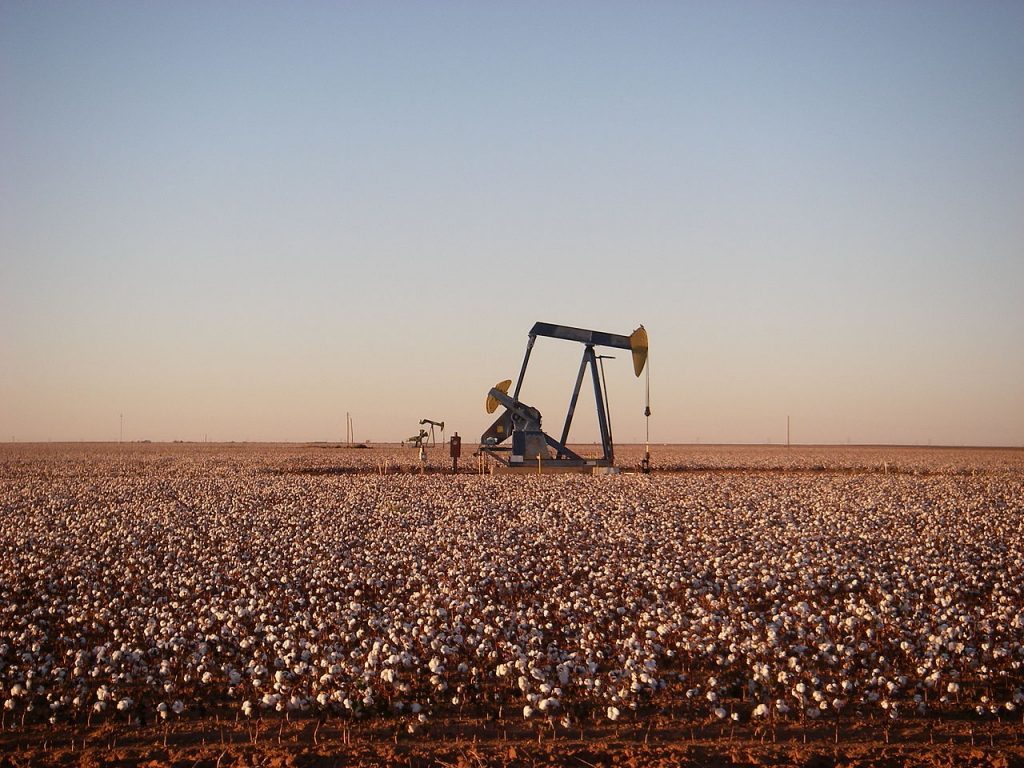
US shale oil production is expected to to reach 9million barrels a day by 2025, according to a new forecast.
Data analysts McKinsey Energy Insights makes the prediction in its newly released ‘North American Shale Oil Outlook’ publication.
Under its price recovery scenario, which assumes West Texas Intermediate prices will hit $60–70/bbl from 2019 onwards.
And McKinsey Energy Insights expects shale drilling and completions to grow at 20% a year and production to increase at 12% annually through to 2021.
US shale oil production is estimated to reach 9 Mb/d by 2025, but this could vary by 5.4 Mb/d depending on oil price scenarios.
Although North American shale oil margins have struggled to bounce back after the market plummeted in 2014, drilling activity since Q2 2016 has more than doubled.
The report highlights that recent key operational improvements—such as increased drilling efficiency, better completion designs, and high-grading—will help margins widen and enable drilling to become profitable beyond the most resource-rich basins.
The analysis found that operators have reduced drilling time by an average of five days while improving initial production (IP) by 33% from 2014 to 2016.
Wells with better completion designs—like high-proppant-volume wells—have experienced 35% higher IP than average, but these gains are subject to additional costs due to water and sand sourcing.
Forecasts show that the number of wells completed is expected to grow at 21% p.a. until 2021, requiring total capex spend to increase 25% p.a. to reach 2014 spending levels.
McKinsey expects the Permian to be the primary shale oil basin to watch over the next 10 years due to its resource quality and size, proximity to markets, and existing infrastructure.
Even if well costs increased by 30%, large parts of the Permian would still remain economic under the firm’s Price Recovery scenario.
From 2016 to 2021, McKinsey projects that 47% of growth in rig activity will come from the region with remaining activity similarly spread across the other major basins.
The outlook was developed by analysts after reviewing forecasting models and other proprietary data from the company’s suite of oil and gas products.
Recommended for you
